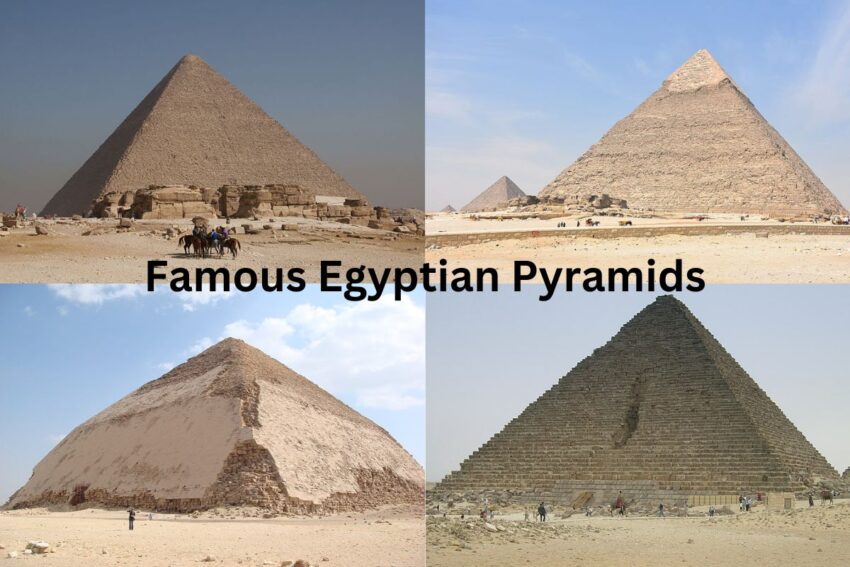The Great Pyramids of Giza are among the most iconic monuments of human civilization, epitomizing the advanced knowledge, ambition, and ingenuity of ancient Egypt. Built during the Fourth Dynasty of the Old Kingdom (circa 2600–2500 BCE), these structures reflect a convergence of engineering brilliance, religious devotion, and symbolic power. This detailed examination expands on their construction, purposes, and lingering mysteries.
Construction Techniques: A Monumental Feat

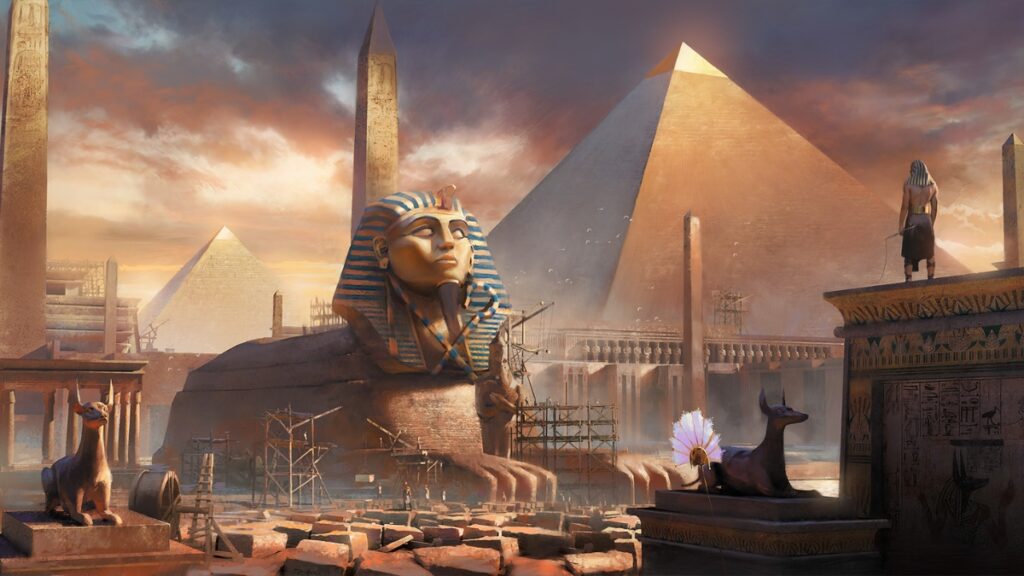
Timeless Engineering Wonders, The Great Pyramids of Giza stand as enduring testaments to the ingenuity, ambition, and engineering prowess of ancient Egypt. Constructed over 4,500 years ago, these colossal structures continue to inspire awe and curiosity. Among them, the Great Pyramid of Khufu, the largest and most precise, showcases a level of technical mastery that seems almost inconceivable given the tools and resources of the time. Understanding how these monuments were built sheds light not only on the capabilities of ancient Egyptian society but also on their extraordinary organizational skills and deep connection to their cultural and religious beliefs.
The construction of these pyramids required an unparalleled combination of material sourcing, transportation, precision alignment, and architectural design. Despite the absence of modern machinery, the ancient Egyptians harnessed the power of human labor, simple tools, and innovative techniques to achieve feats that remain unmatched in human history.
Quarrying and Material Sourcing

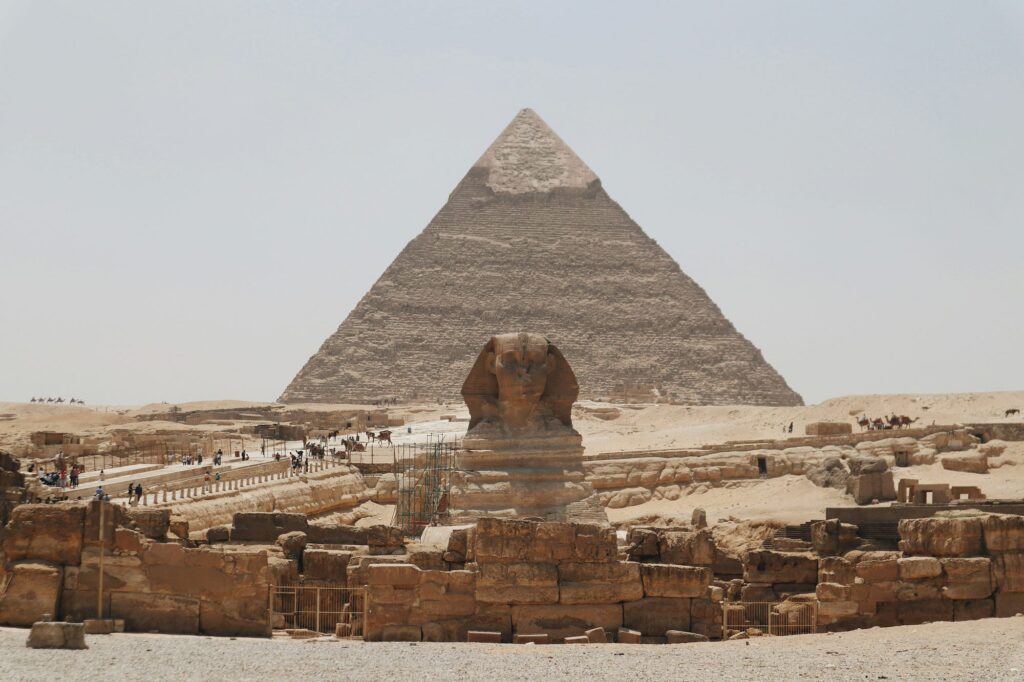
Limestone:
The majority of the pyramid blocks were quarried locally. The Tura limestone used for the outer casing provided a gleaming white appearance, reflecting sunlight and making the pyramids visible from great distances.
Granite:
Used for internal chambers, these blocks were transported from Aswan, demonstrating logistical sophistication. Boats traveling along the Nile likely played a role in this transportation.
Construction Logistics
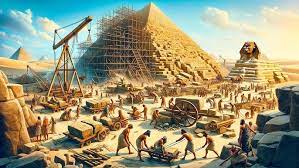
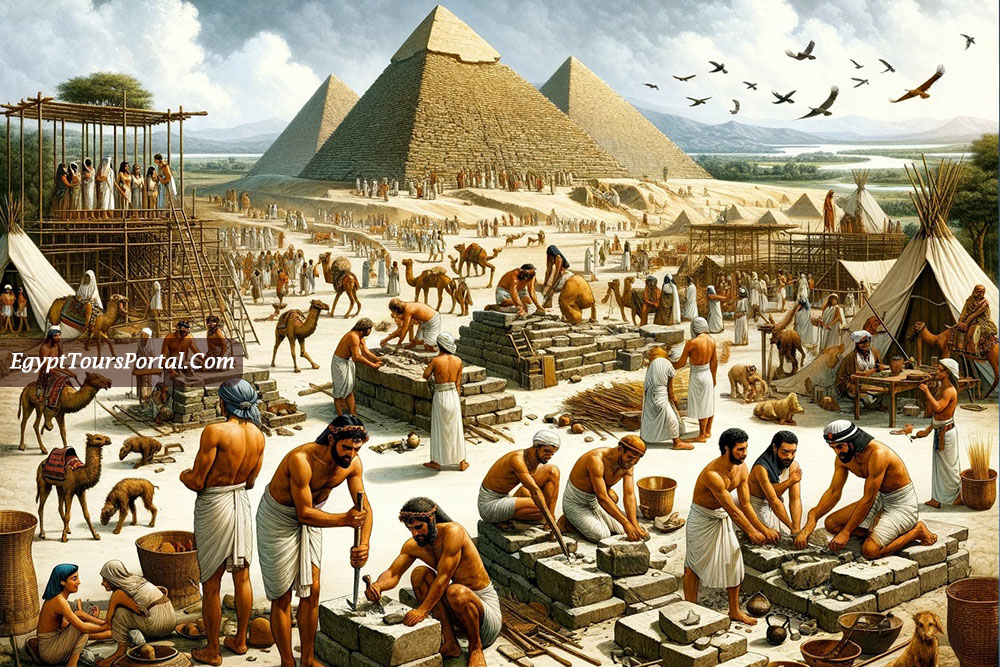
Labor Force:
Recent discoveries, including workers’ villages, suggest a hierarchical workforce organized into teams.They were well-fed, housed, and provided medical care.
Project Management:
Theories propose the involvement of master architects like Hemiunu, who oversaw the Great Pyramid’s construction.
Daily Output:
With an estimated 2.3 million blocks, placing an average of 12 blocks per hour over 20 years required extraordinary coordination.
Innovative Techniques
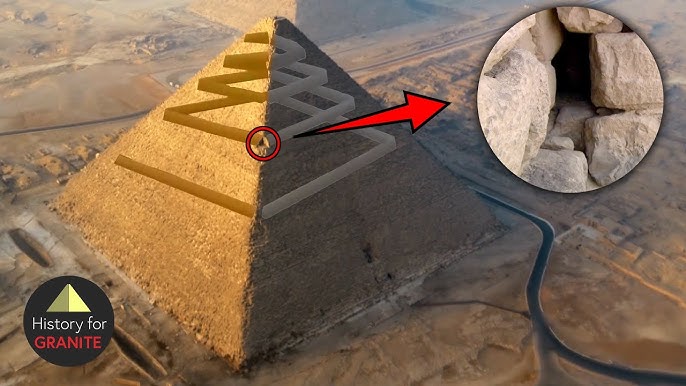
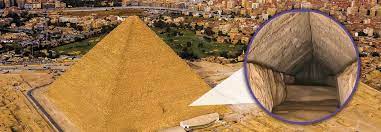
Lever and Pulley Systems:
Simple machines might have been used alongside ramps to move stones vertically.
Fluid Dynamics:
Some suggest water-lubricated tracks reduced friction, supported by ancient depictions of workers pouring water in front of sledges.
Climate and Resources
The Nile’s flooding provided fertile lands to feed workers and a navigable route for transporting materials. The cyclical nature of the Nile’s inundation dictated work schedules.
The Pyramids’ Purposes: More Than Tombs
While primarily functioning as tombs, the pyramids embodied multiple layers of significance:
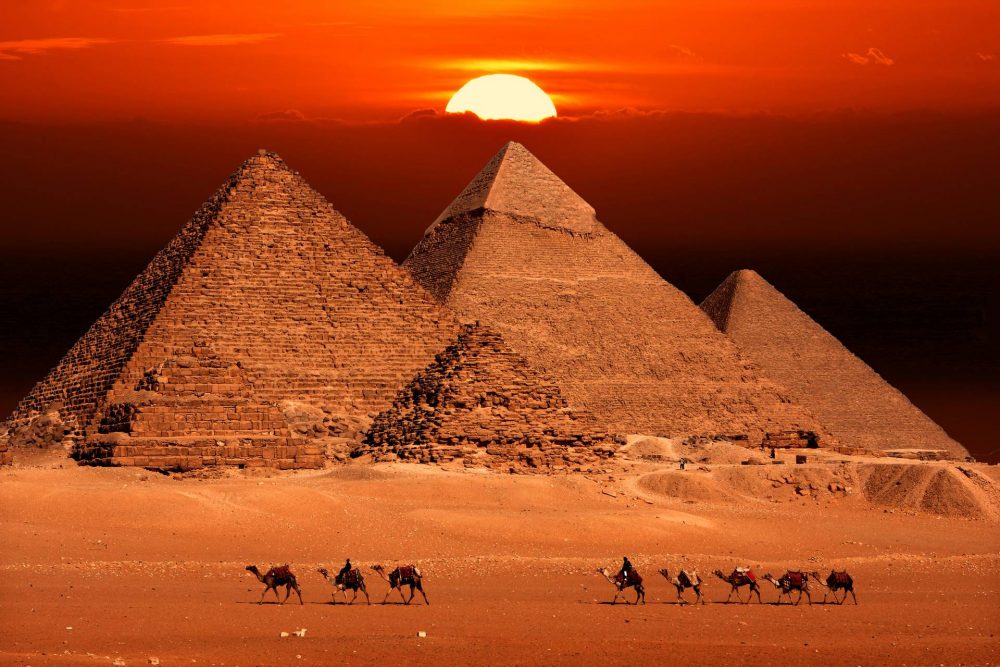
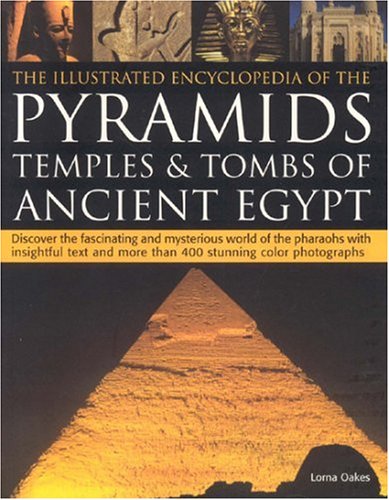
Religious and Symbolic Role
Afterlife Beliefs:
Pharaohs were considered divine, and their pyramids ensured a secure journey to the afterlife.
Shape Significance:
The pyramid shape may symbolize the sun’s rays or the mythical Benben stone, representing creation and renewal.
Political and Social Impact
Power Projection:
The construction of the pyramids demonstrated the pharaoh’s divine authority and organizational capability, unifying the nation under his rule.
Economic Driver:
Pyramid projects mobilized resources, stimulated trade, and provided employment.
Alignment with the Cosmos
Celestial alignment underscored the connection between the pharaohs and the gods. For example:
- The pyramids align with Orion’s Belt, reflecting Osiris, the god of the afterlife.
- The entrance faces due north, emphasizing their role as gateways to the heavens.
Unexplained Mysteries and Theories


Hidden Chambers and Anomalies
The Void:
A large, unexplored void discovered in 2017 above the Grand Gallery remains a mystery. Its purpose could range from relieving structural stress to housing hidden artifacts.
Secret Passages:
The possibility of undiscovered corridors beneath or within the pyramids intrigues researchers.
Construction Theories
Advanced Tools:
How ancient Egyptians achieved such precise stone cuts without iron tools remains debated.
Concrete Hypothesis:
Some propose that blocks were cast on-site using a form of early concrete, though this theory lacks widespread acceptance.
Mathematical and Astronomical Precision
The Great Pyramid’s dimensions reflect profound mathematical knowledge:
- The ratio of its perimeter to height approximates 2π.
- Its alignment is accurate to within fractions of a degree, suggesting sophisticated astronomical tools.
Workforce Mysteries
Was the workforce seasonal, with farmers contributing during the Nile’s inundation, or a dedicated cadre of laborers? Evidence suggests both scenarios.
Cultural Significance and Legacy
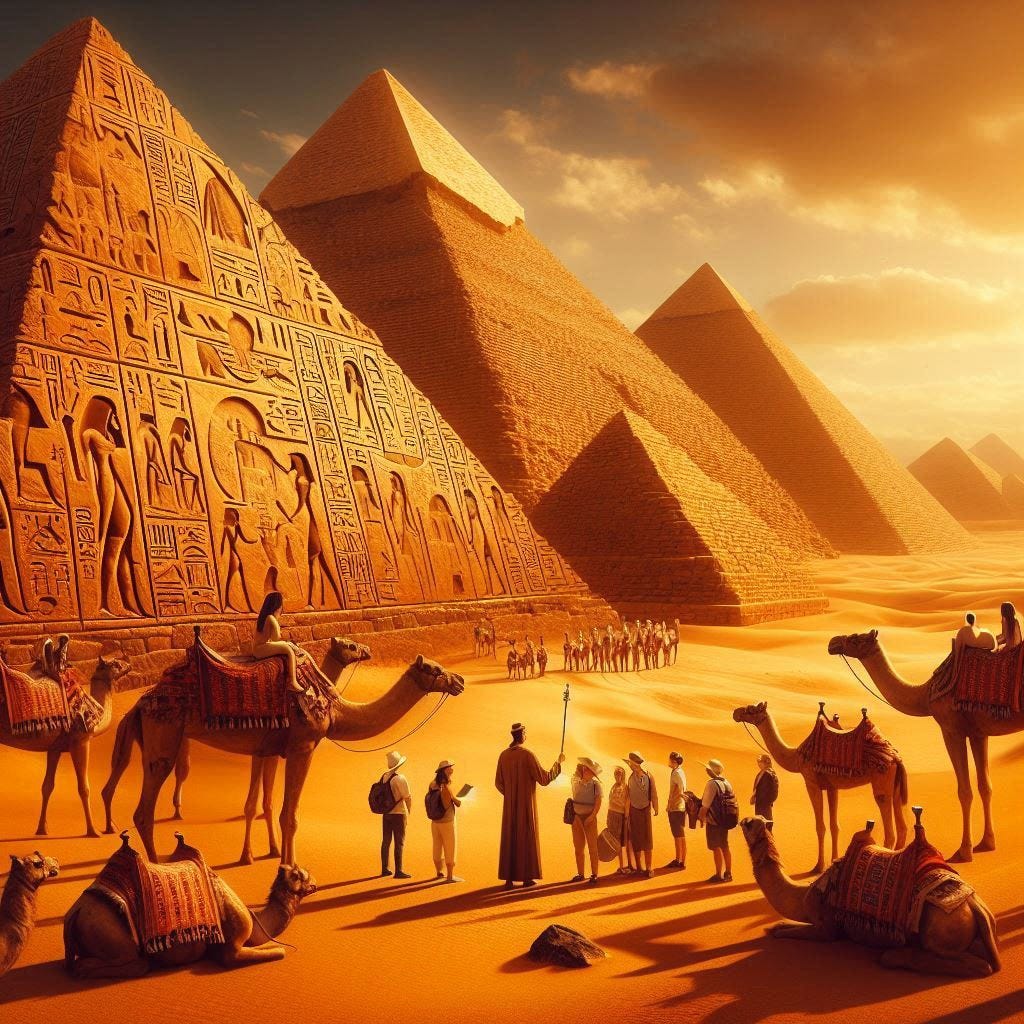
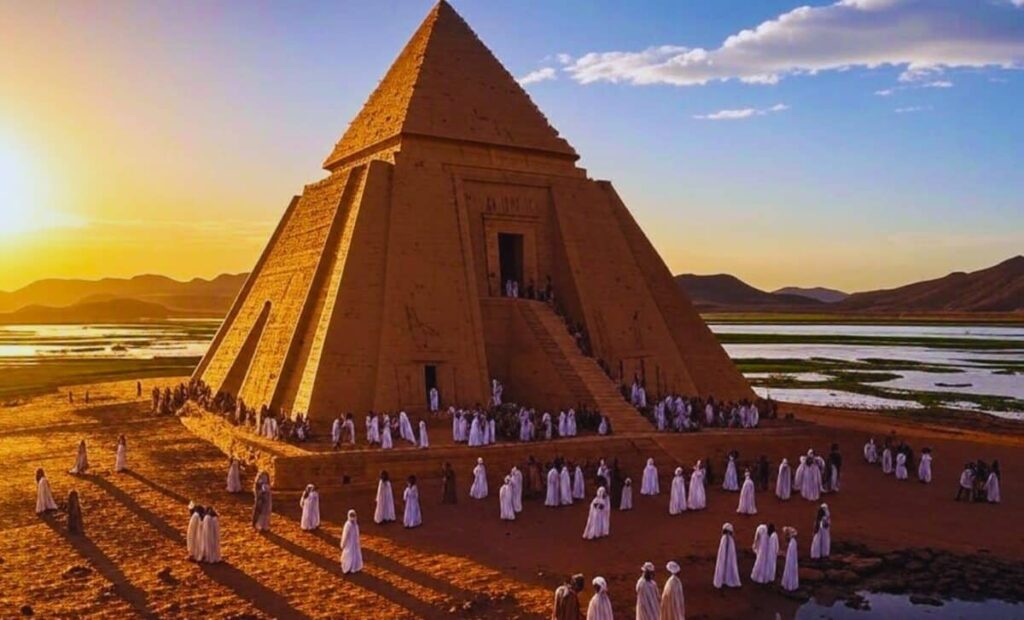
Global Influence:
The pyramids have inspired countless architectural designs and innovations worldwide, from ziggurats in Mesopotamia to modern-day skyscrapers.
Mythology and Folklore:
Over millennia, the pyramids have been linked to myths of lost civilizations, alien interventions, and hidden treasures.
Tourism and symbolism:
Serving as Egypt’s most enduring symbols, the pyramids attract millions of visitors annually and remain central to the nation’s identity.
Theories Speculations
Extraterrestrial Involvement:
Some fringe theories suggest alien intervention, citing the precision and scale as evidence of technology beyond human capabilities. However, there is no scientific basis for these claims.
Energy Generation Hypotheses:
Some believe the pyramids were ancient power plants, harnessing electromagnetic or other forms of energy. While intriguing, such ideas are speculative.
Time Capsules:
Theories abound that the pyramids hold messages or artifacts intended for future generations, awaiting discovery.
Modern Investigations
Advanced Technology


Muon Radiography:
Used to detect voids and anomalies without damaging the structure.
3D Mapping:
Helps reconstruct original designs and understand erosion effects.
Ongoing Excavations:
Archaeological digs near the pyramids have uncovered workers’ villages, tools, and inscriptions, shedding light on the construction process and daily lives of those involved.
Conservation Efforts:
Modern techniques aim to preserve the pyramids against environmental and human-induced damage, ensuring they endure for future generations.
Conclusion
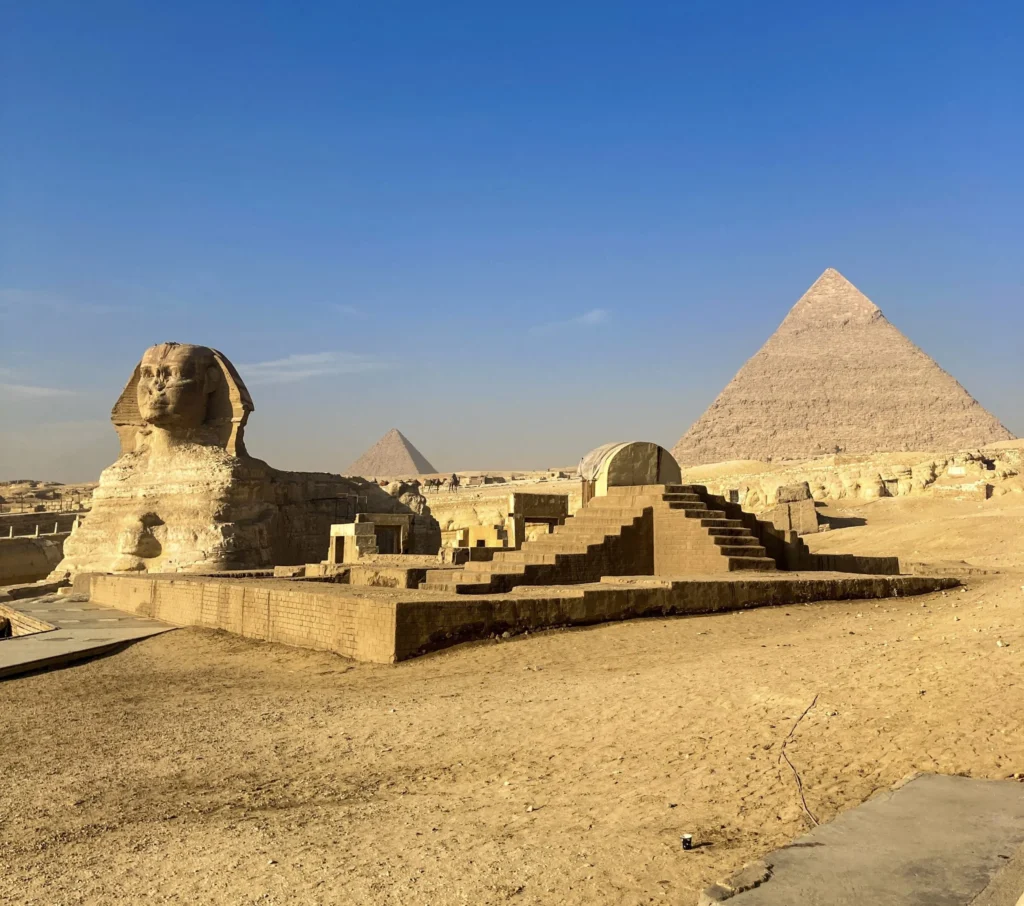


The construction of the Great Pyramids of Giza is more than just a technical accomplishment; it is a symbol of the ancient Egyptians’ ingenuity, determination, and cultural sophistication. Through meticulous planning, effective workforce management, and innovative engineering methods, they created structures that have withstood the test of time. These pyramids were not merely tombs but also embodiments of their builders’ connection to the divine, their understanding of the natural world, and their aspirations for immortality.
Even today, the methods used in their construction remain a topic of debate and wonder, bridging the gap between the ancient and modern worlds. The Great Pyramids continue to stand as a source of inspiration and a reminder of what humanity can achieve with vision, perseverance, and collective effort. Their secrets and mysteries challenge us to keep exploring and learning, ensuring their legacy endures for generations to come.


